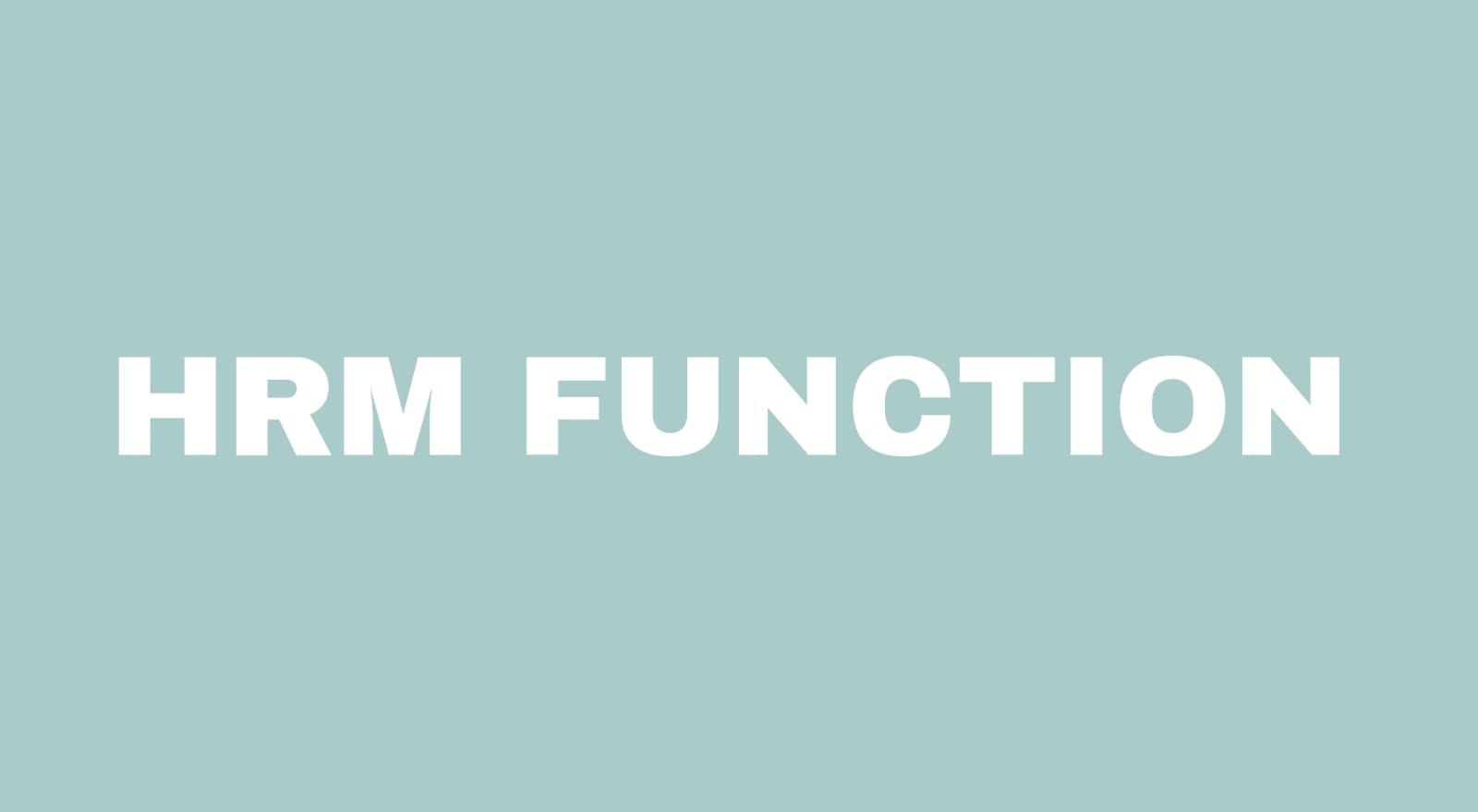Physical Address
304 North Cardinal St.
Dorchester Center, MA 02124
Physical Address
304 North Cardinal St.
Dorchester Center, MA 02124

When we talk about the responsibility of HR managers most of the time they will be overseeing the recruitment, evaluation, and development of employees. But that’s not the case always they also make sure that HR policies are being followed and that employees have access to benefits like health insurance or retirement plans. They also work with outside contractors and handle any necessary benefits and legal paperwork.
HR managers are responsible for maintaining a work environment that attracts and retains top talent. They play an integral role in the hiring process, and create a culture of respect and appreciation for employees. HR managers also have the responsibility to develop and manage employees to ensure they are not only satisfied in their current position but also have opportunities for growth.
The HRM of an organization is the central hub of its workforce. It ensures that the employees work efficiently, do not get distracted, and are well aware of how their work will contribute to the organization’s goals. Employers can use a variety of software to introduce HRM to an organization and make it more efficient.
HRM is a vast field that contains three different functions.
Managerial functions include:
One of the key functions of HR management is to plan and execute the best employee goals and objectives that are in line with the organization’s objective while taking care of the current workforce. It includes analyzing the current workforce, and employee demand and balancing those demands with supply.
This function focuses on setting up an organizational structure for ensuring the successful achievement of organizational goals. This involves setting up the proper hierarchy in the organization to let employees know the chain of command and also setting up duties based on skill and seniority level that have to be achieved during the performance cycle.
This involves managing employees at various levels and managing them in achieving organizational goals. This function includes motivating employees to reach their potential and developing leadership ability in organizing and prioritizing tasks.
This step involves measuring the outcomes of planning, organizing, and directing, and taking proper steps in controlling the employee action and bringing them back on the right track. This can also involve proving training, reviewing the work, and providing proper feedback to the employees.
The Operative functions of human resource management are as follows:
Recruitment is the process of finding, attracting, and selecting candidates for employment. The recruitment process often includes advertising positions available, screening applicants, interviewing candidates, and selecting the applicants most qualified for the position.
It is one of the crucial steps in the hiring process because not only it will cost an employer financial cost but also decrease the productivity of the organization and also impact the company culture, teamwork, and seniority of the work.
Training and development are two of the most important aspects of a successful company. Training is how employees learn new skills, while development refers to the career growth they experience after they have been trained. It is an attempt made by the organization to improve the employee skill and performance in the organization and also motivates them to take up new roles with difficult projects within the department.
Compensation and benefits:
Compensation and benefits mainly refer to monetary and nonmonetary benefits offered to the employees for their hard work by the organization. It is a tool to boost employee morale and increase employee motivation. Compensation may be in the form of paying for overtime, providing extra salary and bonus, incentives pay for quarterly or yearly performance, and occasional benefits.
Performance management has the goal of improving employee performance and engagement. This process includes management and employees in setting goals, measuring progress, and taking corrective action when needed. Performance management includes processes like continuous feedback, goal setting, and OKRs.
Maintaining proper relations with the employee is one of the major functions of human resource management as it influences employee behavior and their dedication to work and achieving their goals. Maintaining good relationships with the employer and employee helps the employer know about their employment at a more professional as well as personal level.
Human resource management help improves employee relations by understanding, identifying the problem in the organization, focusing on resolving them, improving diversity and inclusiveness, and maintaining a two-way feedback process along with proper employee development plans.
Safety is one of the most important considerations when it comes to running a business. Health and safety professionals can help your company create the best safety programs possible. They can provide guidance on emergency response, water safety, and fire prevention. Some health and safety professionals also provide training and certifications in first aid, CPR, or OSHA compliance.
Human Resource managers are skilled personnel responsible for managing the entire human resource of the organization not only work on building hr policies they are well versed with what going on in every department, and employee relations. Human Resource Management can offer advice to:
The Human Resource Manager plays an important role in the function of the organization they are other areas and activities that come under Human Resource. They are in charge of striking the ideal balance between the objectives of the company and the welfare of its human resources.
Even with CEOs and other high-ranking individuals, the HR Management function oversees and directs the results that the workforce produces. The development and success of any business depend on comprehending and ensuring that these processes go hand in hand.